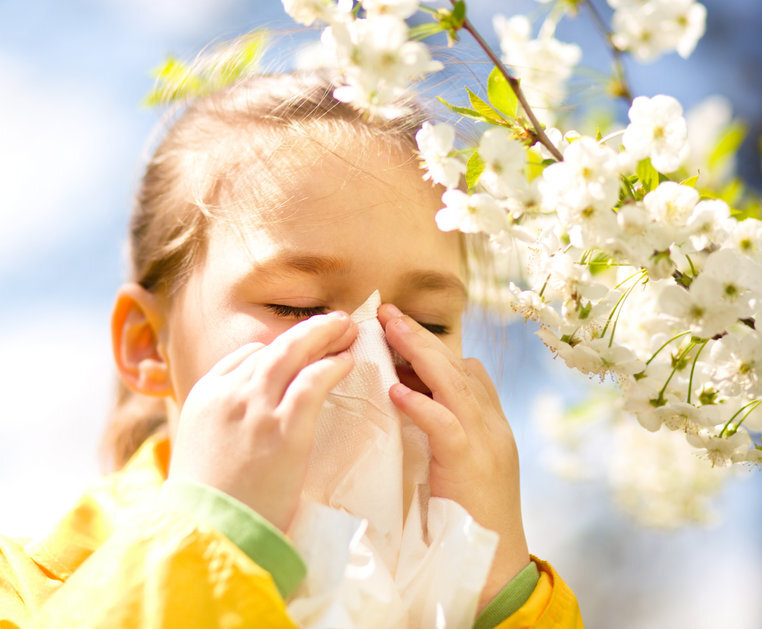SNS Funded Dymista® With a retail price of EUR 15.61, this will increase access to this first-line treatment for controlling nasal and ocular symptoms in patients with allergic rhinitis.
Allergic rhinitis, a pathology that causes inflammation of the nasal mucosa, is the most common allergic disease in our country. It affects more than 20% of the Spanish population, especially young people, and is most commonly caused by pollen and dust mites.2. Allergist Dr Juan Manuel Igea explained: “Because of our lifestyle, this rhinitis has a very high incidence in Western countries. Lack of infection, antibiotics, diet or pollution leads to huge increase in allergic diseases Per year”.
Increase in Allergic Diseases and Their Impact
The number of allergy sufferers in Spain has increased by 42% between 2016 and 2021, according to the primary care clinical database3. Specifically, studies conducted by Spanish allergists have shown that, Dr. Juan Manuel Igea affirms, That”The most common consultations are due to cases of allergic rhinitis, as it is a chronic disease affecting a large portion of the population“.
In this sense, SEORL estimates the global prevalence of allergic rhinitis to be between 20% and 40%.4, mainly manifested as sneezing, tearing, runny nose and total or partial loss of sense of smell. The factors contributing to the emergence of this pathology are multifactorial and are still under investigation. However, the way of life in Western society is one of the biggest triggers, Given Due to the urban environment, limited contact with naturally occurring allergens can affect the strength of the immune system and promote the development of allergic rhinitis. In addition, environmental pollution is conducive to the spread of allergens.
The lifestyle of the Western world can have a negative impact, especially on those with a genetic predisposition to develop allergic diseases. These individuals in turn develop different pathologies forming their own atopic progression, in which initial dermatitis is common, followed by allergies to certain foods, rhinitis, and finally asthma.
The impact of this type of rhinitis greatly affects our daily life. In Igea’s words, “Allergic rhinitis has a greater impact on quality of life than other more serious diseases such as diabetes. Having difficulty breathing, congestion or headaches throughout the day makes it a very annoying disease.”
Therefore, proper treatment must be taken to stop its development. For this problem, Dr. Juan Manuel Ija emphasizes, “If it is not treated and the disease progresses, we can have many infectious complications, such as bronchitis or sinusitis.” We now have very safe Effective medications to control allergic rhinitis and prevent it from evolving into other more serious conditions such as asthma. ”
Benefits of Dymista® for Allergic Rhinitis
Dymista® has been associated with improvement in symptoms of allergic rhinitis and asthma, there is a correlation between the symptoms of these two diseases, which is why a comprehensive treatment approach is advocated. Dymista® addresses a real need for allergic rhinitis patients to effectively control symptoms year-round. Additionally, the treatment has been shown to improve asthma control and reduce patients’ need for rescue medication.5.
The drug is more effective than intranasal corticosteroids (INS) in monotherapy, Act fast, get results in as little as 5 minutes6.The product has been clinically tested in studies involving more than 4,600 patients
Real-life study of allergic rhinitis patients from 7 European countries7 The use of MP-AzeFlu (Dymista®) is associated with a high level of efficacy, comfort and patient satisfaction. 70% of respondents said they were more satisfied with Dymista® than their previous allergic rhinitis treatment. Likewise, 57 percent of participants experienced an improvement in their quality of life.
data sheet Dimista®: 76618_ft.pdf (aemps.es)
prospect Dimista®: . :: top ::. DYMISTA 137mcg/50mcg/Nasal Spray Leaflet Pause (aemps.es)
fountain: Cicero Correspondence
refer to:
1. Canonica GW et al. The burden of allergic rhinitis and the impact of MP-AzeFlu from a patient perspective: a pan-European patient survey. Current medical research opinion. 2021;37(7):1259-72.
2. Spanish Association of Family and Community Medicine. https://www.semfyc.es/rinitis-alergica-10-motivos-de-consulta-mas-frecuentes-en-atenion-primaria/
3. 2Respiratory_infections.pdf (sanidad.gob.es)
4. https://seorl.net/rinitis-alergica-diagnostico/
5. PriceD et al. Allergic rhinitis and asthma symptoms in a real-life study of MP-AzeFlu in multimorbid allergic rhinitis and asthma. Clinical molar allergy. 2020;18:15.
6. Busquet J et al. The fixed combination intranasal azelastine-fluticasone propionate works in an allergen exposure chamber. J Allergy Clin Immunol Practice. 2018;6(5):1726-32.e6.
7. Canonica GW et al. The burden of allergic rhinitis and the impact of MP-AzeFlu from a patient perspective: a pan-European patient survey. Current medical research opinion. 2021;37(7):1259-72.

